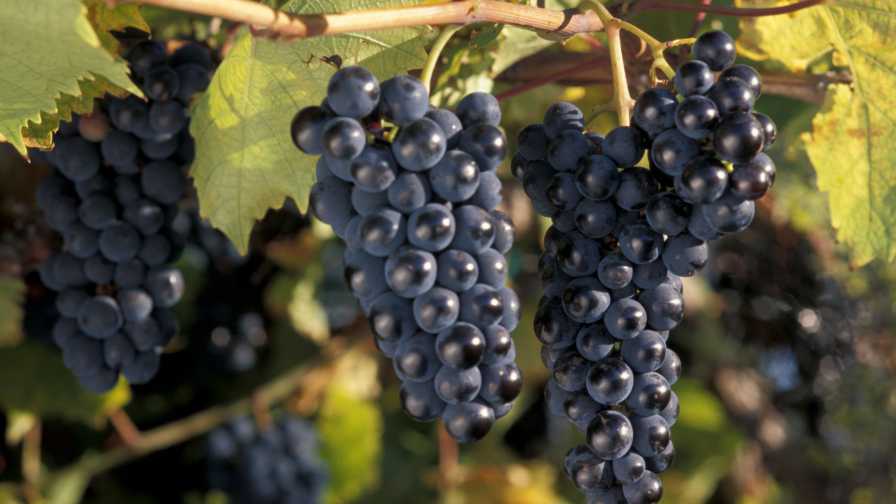Hanging The Vines To Help Potato Harvest
Proper tuber maturity at harvest is an important factor in producing high-quality Florida fresh-market potatoes. A mature tuber has improved skin-set, bruise resistance, and storage life. Vine killing not only benefits tuber appearance, but can also limit tuber size and improve tuber release from the vine at harvest. Tubers naturally mature as the potato plant senesces.
However, improved production methods cause potato vines to remain healthy and green longer into the season. Tuber maturation can be artificially induced by killing the potato vines. The three traditional methods for vine killing are mechanical, chemical, and combinations of the mechanical and chemical methods.
Vine Killing Techniques
Flail mowing and rolling are the prominent mechanical methods used to kill potato vines. Vines should be mowed or rolled 14 to 21 days prior to harvest to ensure ample time for tubers to mature. Care should be taken when using mechanical methods to avoid disturbing the soil so that tubers are not sunburned or mechanically damaged.
Chemical vine killing (desiccation) methods consist of applying agricultural chemicals to desiccate the potato vines over a varying number of days. Application of chemical vine desiccants should not be made during cool and damp or hot and dry weather. The use of spray adjuvants is advised when recommended on the label. To ensure adequate vine desiccation and tuber safety, labels should be read thoroughly prior to applying any agricultural chemical.
Improved vine kill on actively growing plants may be achieved by splitting the chemical desiccant application. If the chemical desiccant label permits, an application of desiccant at less than full rate followed by a second application several days later may improve vine desiccation and tuber skin-set.
A combination of mechanical and chemical methods can increase the effectiveness of vine desiccation and, in turn, shorten the tuber maturation process. A roller can be used to bend the vines while spraying a chemical desiccant. Vine rolling may also close cracks in the potato row, reducing the incidence of tuber sunburning.
Other Considerations
Two to three weeks are needed between vine kill and harvest to achieve proper tuber maturity and skin-set. However, this time is dependent on the potato variety planted, maturity of the plant when the vines were sprayed, and the environmental conditions after desiccant application. Potato vines from naturally senescing plants are usually more easily killed than vines of actively growing, late-maturing plants. High soil moisture and cool or cloudy weather are also factors that can increase the time between vine kill and proper maturity.
Vine killing can have detrimental side effects. It can be an expensive production practice that results in varying degrees of success. The internal quality of the tuber can also be adversely affected. Stem-end browning of the vascular ring can occur if the vines are killed quickly under unfavorable environmental conditions.
To limit the potential for vascular ring discoloration from vine killing, the following production practices should be followed. First, the use of chemical vine killers should be avoided in hot, dry weather. If application is made, the rate of the material used should be reduced to achieve a slower vine kill. Secondly, roll or mow vines prior to chemical application. Lastly, bring soil moisture to an adequate level with irrigation, prior to chemical application.









